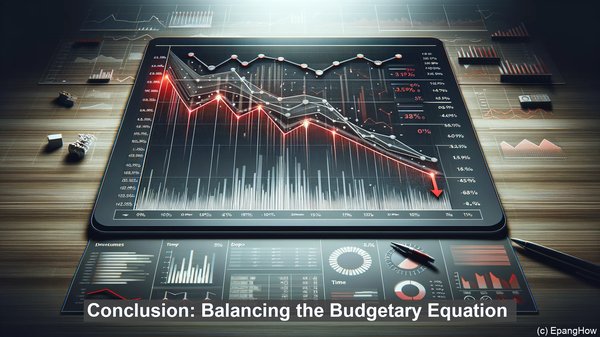Introduction: The Intricacies of Fiscal Deficits
Hello everyone! Welcome to our article on the intriguing world of fiscal deficits. Today, we’ll be focusing on two key types of deficits – structural and cyclical deficits. While both have their own significance, they differ in terms of their causes and the actions required to address them. So, let’s dive in!
Defining the Structural Deficit
A structural deficit refers to a budget shortfall that persists even when the economy is operating at its full potential, without any cyclical fluctuations. In simpler terms, it’s the portion of the deficit that remains even during periods of economic prosperity. This type of deficit arises due to long-term imbalances between government spending and revenue. Factors such as demographic changes, tax policies, and permanent increases in government expenditure can contribute to a structural deficit.

Understanding the Cyclical Deficit
On the other hand, a cyclical deficit is directly linked to the economic cycle. It occurs when government spending exceeds revenue due to a downturn in the economy. During recessions or periods of low economic activity, tax revenues tend to decrease while government spending on programs like unemployment benefits may increase. This leads to a temporary deficit, which is often considered a natural part of the economic cycle.
Implications and Policy Considerations
The distinction between structural and cyclical deficits is crucial when formulating fiscal policies. While cyclical deficits are expected to be self-correcting as the economy recovers, structural deficits require more targeted measures. Addressing a structural deficit often involves long-term reforms, such as adjusting tax policies, reducing non-essential spending, or increasing revenue sources. Failure to address a structural deficit can lead to a growing debt burden and potential economic instability.

